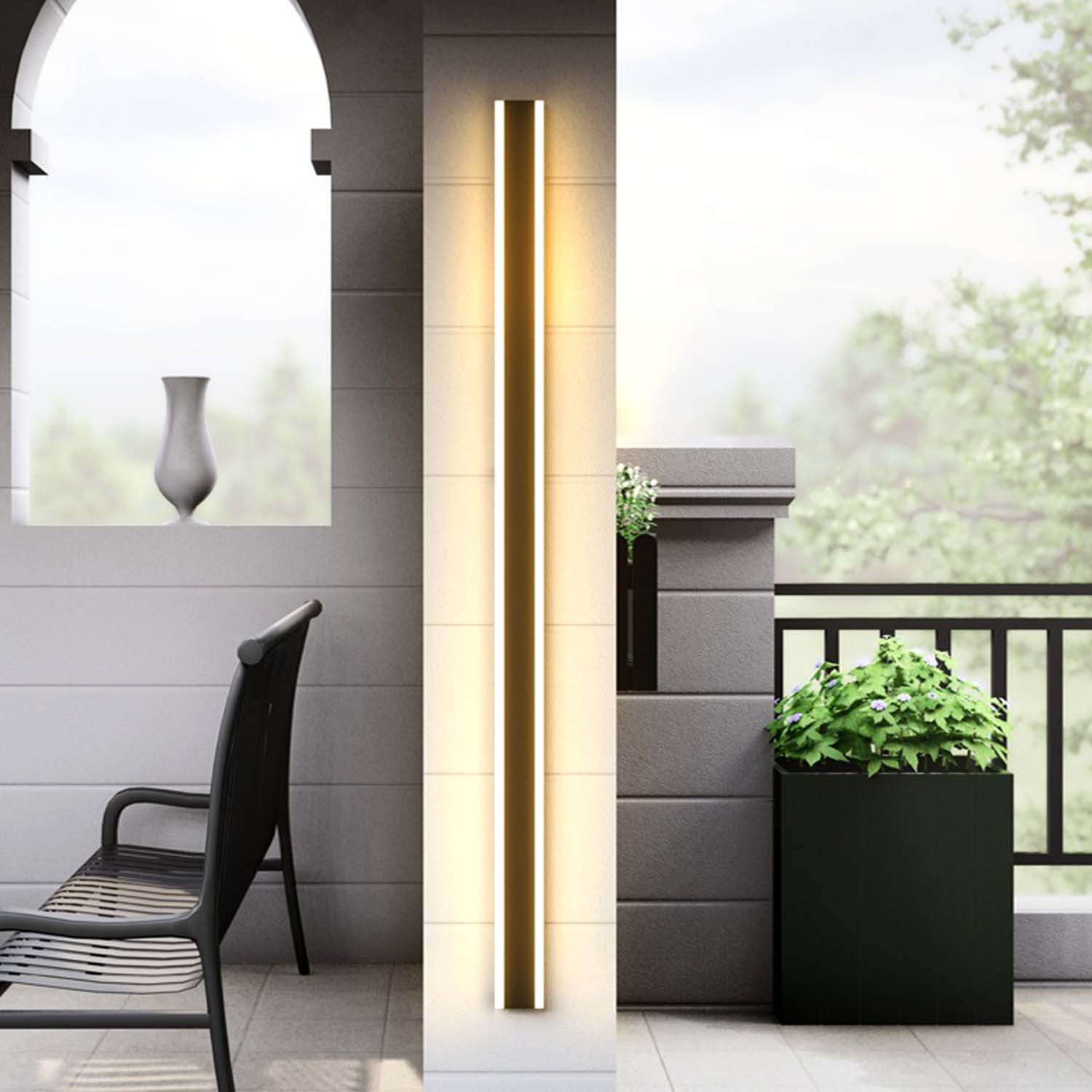Color uniformity in LED wall panels is essential for attaining optimal visual performance. light-emitting diode wall screens are widely used in multiple environments, including concerts, conferences, and promotional showcases. When the colors on these panels are consistent, they create a more captivating and enveloping encounter for audiences. Several key factors affect hue uniformity, including the quality of the light-emitting diode elements, tuning procedures, and surrounding factors.
The caliber of the light-emitting diode elements plays a significant role in color consistency. Different types of light-emitting diodes emit light at different frequencies, which can affect the overall color output. High-quality LEDs are designed to produce a more uniform light spectrum, resulting in better color accuracy. Additionally, the manufacturing method of these LEDs can impact their performance. Panels made with superior materials and technology tend to have fewer hue differences, ensuring that the shown pictures and footage look lively and faithful to reality.

Calibration is another crucial element in maintaining hue consistency in light-emitting diode wall panels. Tuning involves adjusting the configurations of the screen to ensure that the colors shown align the intended design. This procedure can include fine-tuning luminosity, differentiation, and color balance. Frequent calibration is essential, especially in environments where lighting factors vary frequently. By calibrating the screens, specialists can correct any inconsistencies in color output, resulting to a more consistent viewing experience.
Environmental factors also influence color consistency in light-emitting diode wall screens. Factors such as ambient light, heat, and humidity can influence how colors are seen. For example, bright surrounding light can dull hues, making them appear less led panel color accuracy tools lively. Similarly, harsh heat can affect the performance of the LEDs, resulting to color changes. To mitigate these problems, it is crucial to place LED wall panels in controlled settings where illumination and heat can be managed effectively.
Finally, the layout and layout of the light-emitting diode wall screens can impact color consistency. The configuration of the screens, as well as the spacing from which they are observed, can create variations in color perception. When panels are arranged too distant apart or at varied positions, viewers may notice discrepancies in hue. To achieve the optimal visual performance, it is crucial to take into account the placement and alignment of the panels during installation. By addressing these factors, operators can guarantee that their LED wall screens provide a consistent and high-quality optical experience.
Comments on “Exploring the Key Factors That Affect Color Uniformity in LED Wall Screens for Optimal Display Output”